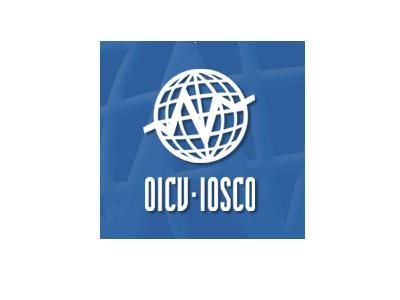Securitisation bundles loans into interest-bearing bonds to raise money that banks can use to fund themselves and lend to small companies.
Banks, particularly in Europe, are traditionally the main supplier of loans but have become cautious as they focus on rebuilding their capital buffers.
The International Organization of Securities Commissions (IOSCO), which groups global market regulators, and its banking counterpart, the Basel Committee, will consider possible remedies.
“IOSCO and the Basel Committee are close to agreeing on a working group to look at how the securitisation markets are working, and to see whether new thinking is needed.” IOSCO Secretary General David Wright told Reuters on the sidelines of a Chatham House financial conference.
The sector was tarnished when securitised products based on sub-prime U.S. home loans became untradeable in 2007, sowing the seeds of a global markets meltdown and banking failures.
The European Union’s executive European Commission is also keen to bring securitisation out of the cold and will publish its plans next week on ways to boost long-term financing.
The Association for Financial Markets in Europe (AFME), a banking lobby, gave a mixed welcome to Wright’s announcement.
“Unfortunately, even after strong messages of support from many high-level policymakers in recent months, on the day-to-day level we continue to encounter new regulations for securitisation which are unjustified and will restrict the market’s recovery,” said Richard Hopkin, the AFME’s head of securitisation.
“This sends negative signals to investors and further tilts the playing field against securitisation.”
Efforts to revive securitisation have also been caught up in separate regulatory attempts to crack down on so-called shadow banking, or lending outside mainstream methods such as regulated banks.
The EU wants a greater amount of financing for the economy to come from market-based sources such as securitisation.
About 30 percent of financing comes from such sources, the rest from banks. That is roughly the opposite situation to the U.S. model that some European policymakers want to match to reduce concentration of risk at banks and diversify funding.
